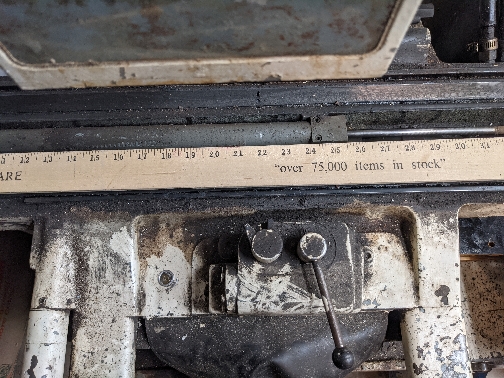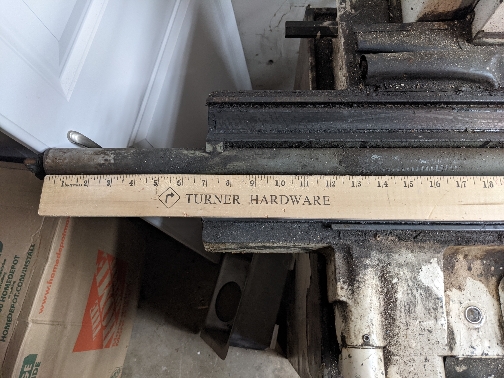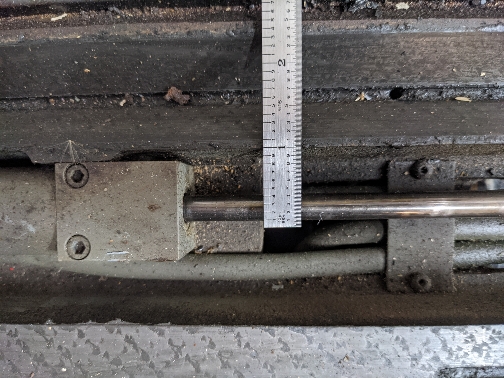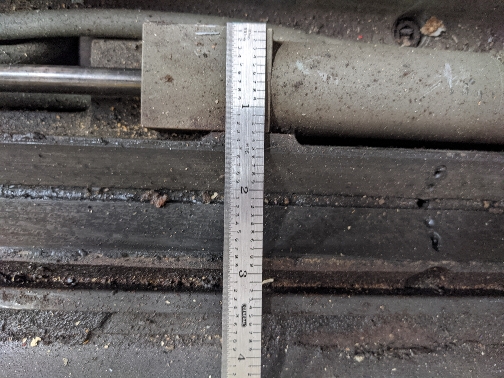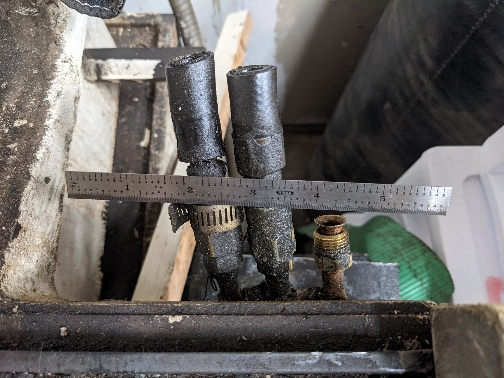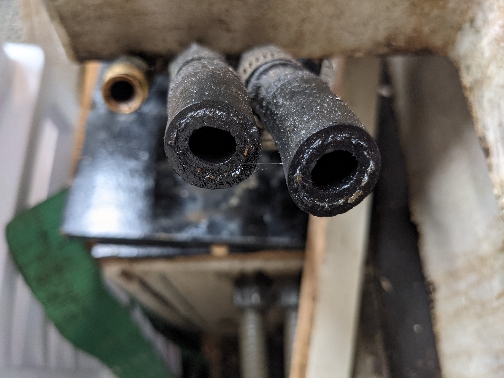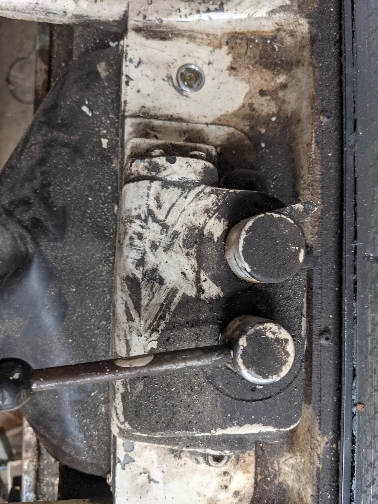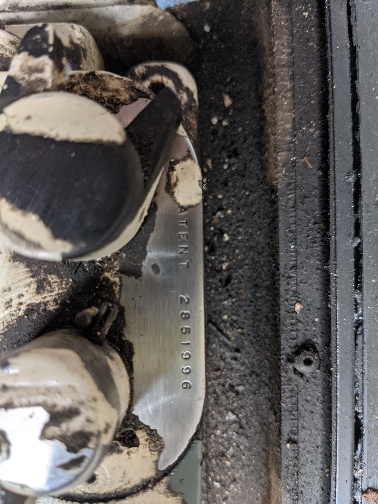- Joined
- Feb 8, 2014
- Messages
- 11,144
If you're dumping 2600 PSI across a relief valve continuously with a closed center valve, things are going to get hot in a hurry. But if you have an open center valve so it's not building pressure except when needed, then little power is being used and little heat is generated.
In other words, the pump needs to be unloaded when not actually doing work. If you have all of the original valving in the grinder, then just connect the pump, without the attached valving, to the original system.
On the other hand, for a surface grinder, I would go with an all electric system. That's what I'm going to do with mine, I really hate hydraulics.
In other words, the pump needs to be unloaded when not actually doing work. If you have all of the original valving in the grinder, then just connect the pump, without the attached valving, to the original system.
On the other hand, for a surface grinder, I would go with an all electric system. That's what I'm going to do with mine, I really hate hydraulics.
Last edited:


